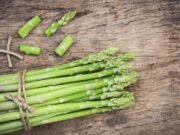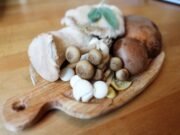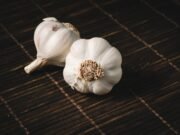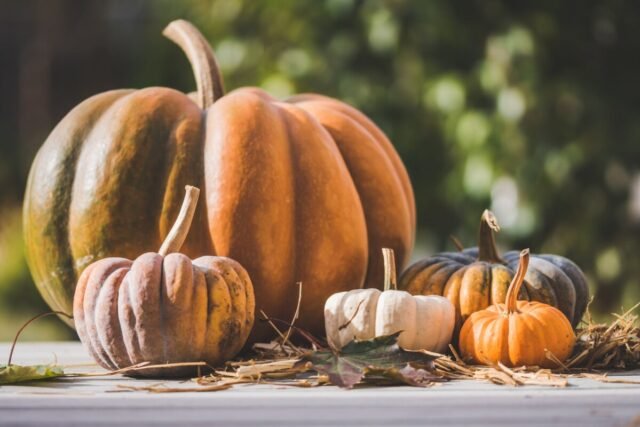Pumpkins, with their vibrant hues and captivating shapes, are a symbol of autumn's bounty. Growing pumpkins at home is a rewarding experience that yields delicious, versatile produce. Whether you're a seasoned gardener or a novice enthusiast, this comprehensive guide will equip you with the knowledge and techniques to cultivate thriving pumpkin plants and reap a bountiful harvest.
The Allure of Growing Pumpkins
- Pumpkins are a nutritional powerhouse, packed with vitamins, minerals, and antioxidants.
- Their culinary versatility shines in soups, pies, breads, and roasted dishes.
- Growing pumpkins at home ensures freshness, flavor, and the satisfaction of homegrown produce.
Selecting the Right Pumpkin Variety
Choosing the ideal pumpkin variety is crucial for a successful harvest. Consider these factors:
Size:
- Small pumpkins (1-3 lbs.) are perfect for individual servings or decorations.
- Medium pumpkins (4-8 lbs.) are ideal for pies and baking.
- Large pumpkins (10+ lbs.) are best for carving and festive displays.
Shape:
- Round pumpkins are classic and versatile.
- Flattened pumpkins are ideal for stacking and storage.
- Unique shapes, like gourds, add a touch of whimsy to your garden.
Color:
- Orange pumpkins are the traditional choice.
- White, yellow, and green pumpkins offer a vibrant palette.
- Multi-colored pumpkins add a striking visual element.
Flavor:
- Sweet pumpkins are best for eating fresh or in desserts.
- Savory pumpkins are ideal for soups, stews, and savory dishes.
Popular Pumpkin Varieties:
| Variety | Size | Shape | Color | Flavor |
|---|---|---|---|---|
| Butternut Squash | Medium | Elongated | Tan | Sweet, nutty |
| Hubbard Squash | Large | Round or oblong | Green, orange, or blue | Sweet, dense |
| Jack-O'-Lantern | Large | Round | Orange | Mild, stringy |
| Sugar Pie Pumpkin | Medium | Round | Orange | Sweet, smooth |
| Cinderella Pumpkin | Medium | Flattened | Orange | Sweet, moist |
Planting and Seed Germination
Direct Sowing:
- Choose a well-drained, fertile spot with full sun.
- Plant seeds 1 inch deep and 4-6 feet apart.
- Water thoroughly and keep the soil moist.
Starting Indoors:
- Start seeds indoors 4-6 weeks before the last frost.
- Sow seeds 1 inch deep in peat pots filled with seed starting mix.
- Keep the pots warm (70-80°F) and moist.
- Transplant seedlings outdoors when they have 2-3 true leaves.
Hand Pollination:
- Pumpkins require pollination to produce fruit.
- Transfer pollen from male flowers (with stamens) to female flowers (with pistils).
- Do this early in the morning when the flowers are open.
Pumpkin Care and Maintenance
Watering:
- Water regularly, especially during dry spells.
- Aim for 1-2 inches of water per week.
- Water deeply to encourage deep root growth.
Fertilizing:
- Apply a balanced fertilizer every 4-6 weeks.
- Use a fertilizer with a ratio of 10-10-10 or similar.
- Follow the instructions on the fertilizer package.
Weed and Pest Control:
- Keep the area around your pumpkin plants weed-free.
- Use organic pest control methods, such as neem oil or insecticidal soap, to manage pests.
Harvesting, Storing, and Enjoying Pumpkins
Harvesting:
- Pumpkins are ready for harvest when the rind is hard and the stem is dry and brown.
- Cut the pumpkin from the vine, leaving a few inches of stem attached.
- Handle pumpkins carefully to avoid bruising.
Storing:
- Store pumpkins in a cool, dry place with good air circulation.
- Pumpkins can be stored for several months under ideal conditions.
Culinary Uses:
- Pumpkins can be baked, roasted, steamed, or fried.
- They can be used in soups, stews, pies, breads, and desserts.
- Pumpkin seeds can be roasted and enjoyed as a snack.
Planting and Seed Germination
Direct Sowing:
- Choose a well-drained, fertile spot with full sun.
- Prepare the soil by tilling and adding compost or fertilizer.
- Plant seeds 1 inch deep and 4-6 feet apart.
- Water thoroughly and keep the soil moist.
Starting Indoors:
- Start seeds indoors 4-6 weeks before the last frost.
- Sow seeds 1 inch deep in peat pots filled with seed starting mix.
- Keep the pots warm (70-80°F) and moist.
- Transplant seedlings outdoors when they have 2-3 true leaves.
Hand Pollination:
- Pumpkins require pollination to produce fruit.
- Transfer pollen from male flowers (with stamens) to female flowers (with pistils).
- Do this early in the morning when the flowers are open.
Pumpkin Care and Maintenance
Watering:
- Water regularly, especially during dry spells.
- Aim for 1-2 inches of water per week.
- Water deeply to encourage deep root growth.
Fertilizing:
- Apply a balanced fertilizer every 4-6 weeks.
- Use a fertilizer with a ratio of 10-10-10 or similar.
- Follow the instructions on the fertilizer package.
Weed and Pest Control:
- Keep the area around your pumpkin plants weed-free.
- Use organic pest control methods, such as neem oil or insecticidal soap, to manage pests.
Harvesting, Storing, and Enjoying Pumpkins
Harvesting:
- Pumpkins are ready for harvest when the rind is hard and the stem is dry and brown.
- Cut the pumpkin from the vine, leaving a few inches of stem attached.
- Handle pumpkins carefully to avoid bruising.
Storing:
- Store pumpkins in a cool, dry place with good air circulation.
- Pumpkins can be stored for several months under ideal conditions.
Culinary Uses:
- Pumpkins can be baked, roasted, steamed, or fried.
- They can be used in soups, stews, pies, breads, and desserts.
- Pumpkin seeds can be roasted and enjoyed as a snack.
Creative Pumpkin Recipes:
- Pumpkin Soup with Roasted Garlic and Sage
- Pumpkin Risotto with Parmesan and Thyme
- Pumpkin Pie with Gingersnap Crust
- Pumpkin Bread with Chocolate Chips and Walnuts
- Pumpkin Muffins with Maple Glaze
Pumpkin Decorating Tips:
- Carve pumpkins into jack-o'-lanterns for Halloween.
- Paint pumpkins with acrylic paints for a festive fall display.
- Use pumpkins as centerpieces for your Thanksgiving table.
- Create pumpkin topiaries by stacking pumpkins of different sizes.
- Decorate pumpkins with glitter, ribbon, or other embellishments.
Growing pumpkins at home is a rewarding and enjoyable experience. With the right variety selection, proper care, and a bit of patience, you can cultivate a bountiful harvest of delicious, versatile pumpkins. Whether you're a seasoned gardener or a novice enthusiast, embrace the joy of growing your own pumpkins and savor the fruits of your labor.































